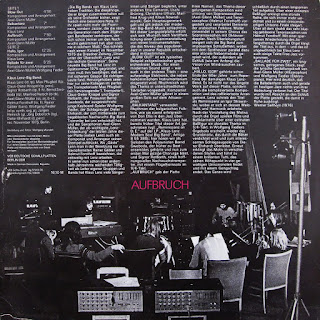This album is by far the best chamber progressive fusion CD I have heard from the current era, hence no download today. I am completely shocked and dismayed that it has passed 'under the radar' with apparently no one knowing about it, and moreover, the CD itself is now incredibly hard to purchase! There is no justice in this particular subsection of the art world... The beauty of these compositions, the care and tenderness the artists put into their work, the perfection of the whole, are truly insurmountable at their peak in Parnassos. In some ways it recalls to me the lineage of Gotic and Kotebel (particularly their Structures --highly recommended too), but with more classical education, almost an infinity of it in fact.
I'll present four samples, in my opinion the best compositions, to get an idea. I 'm not sure where the official CD purchase page is which I would direct you to, maybe someone could help me there. Note the sparsity even of the RYM page here. So far as I know, they are not even entered on discogs.
Musicians:
Daniel Pantoja (flutes)
Felipe José (cello, flute, guitar)
Rafael Martini (piano, guitar)
Frederico Heliodoro (bass)
Antonio Loureiro (drums)
Samples (check upper right).
Here are my observations...
Mosquito (obviously not dedicated to the Zika virus??)
Just a beautiful chamber jazz composition, perhaps recalling Argentinian Alas as well in their best and most creative moments. (Didn't they also do a mosquito song?)
Cão Andaluz starts with a gorgeous solo flute intro that comes down onto a melody taken over by the cello like a relay which then hands over to a flute-piano combination. The descending pattern is then played by various instruments alternatively.
At the start of Benesse you'll notice the guitarist plucking the strings in some odd places to create that middle eastern atmosphere to perfection. Often these types of Asian songs then move into tabla-plus-one-chord monotony that breaks my heart and patience each time, here, we are treated to an incredibly tender song played by acoustic guitar and cello that continues to evolve even as it moves along into new keys and chords throughout, without ever really repeating itself. Quite stunning in terms of how nonstandard this is as evocation:
Finally, the closer José No Jabour again uses a cliche of latin music, the wordless singing such as M. Nascimento once perfected, but the movement out of the intro then like the preceding example continues to shock and amaze us with its changes and originality:
Overall, a stunning find...




























